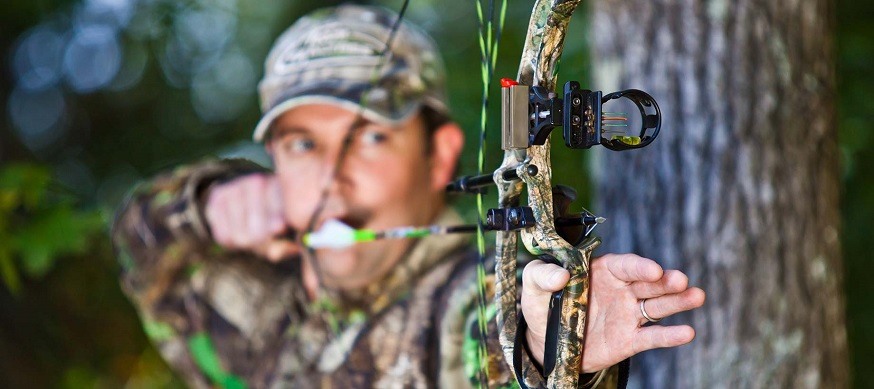
Bowhunter Basics: Choosing the Best Broadhead
There are two things that are absolutely essential to the serious bowhunter. The first is the ethical, sportsmanlike manner in which they engage their quarry; and the second is, once they’ve engaged it, dispatching it as quickly and as mercifully as possible. It implies an unspoken obligation to hunting with the sharpest, most effective broadheads available.
Modern broadheads are designed to cut quickly, penetrate deeply, and to cause large, flat incisions. Make no mistake, they’re meant to create a single point-of-entry laceration that’ll result in the game’s swift incapacitation and expiration. And how swiftly their game is dispatched is probably the highest benchmark of a bowhunter’s capability – as well as to their deference to the tradition of bowhunting itself.
It’s with that sense of reverence that broadhead development has taken such a significant leap with mechanical broadheads; and also how one Australian broadhead manufacturer has proven itself to be significantly more dedicated to swiftness than others.
Contents
The better broadhead
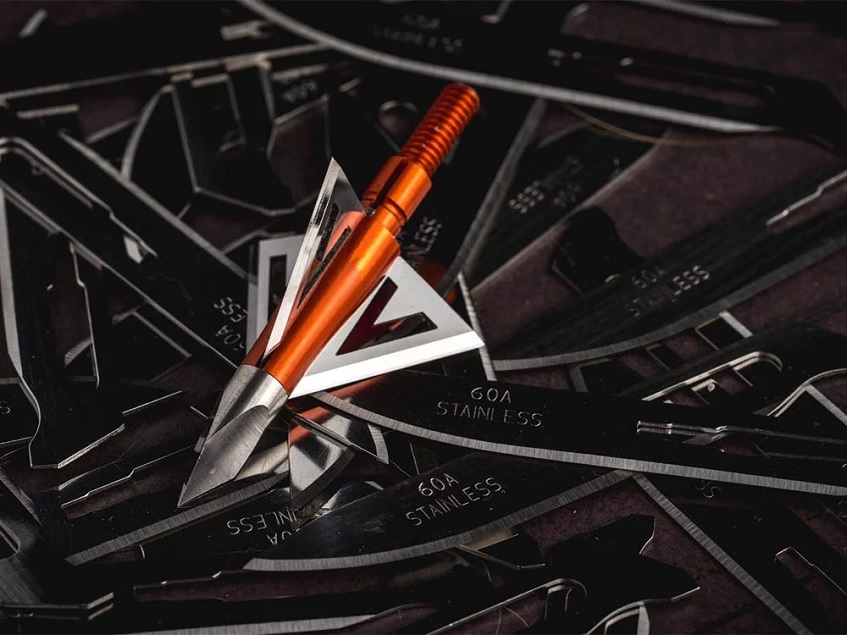
Fixed blade broadheads rely on aggressive, multi-bladed two, three, or four blade configurations to penetrate and successfully bleed out their quarry; while the expanding blades of mechanical broadheads are effective at inflicting wide, lacerating wounds after initial penetration. New South Wales’ True Blue Broadheads however, have designed a first of its kind broadhead arrow that allows bowhunters to combine the powerful, initial cutting attribute of a fixed blade with the large wound channel that’s made by a mechanical, to create a hunting arrow that’s customizable to their preferences and prey.
The 100gr Crossbreed® mechanical broadhead is a twin-bladed, aluminium ferrule that screws onto an arrow shaft, and that you’re then able to screw any fixed blade broadhead of your choice into. With these CNC’ed inserts, you don’t need to give up using any of your preferred fixed broadheads in order to take advantage of the slicing attributes of a mechanical blade. With their 1mm thick, 2-inch stainless steel blades, not only does it mean you’re sending out an inherently more effective package, but a package that’s also carrying noticeably more penetrating momentum.
Choosing what’s best for you
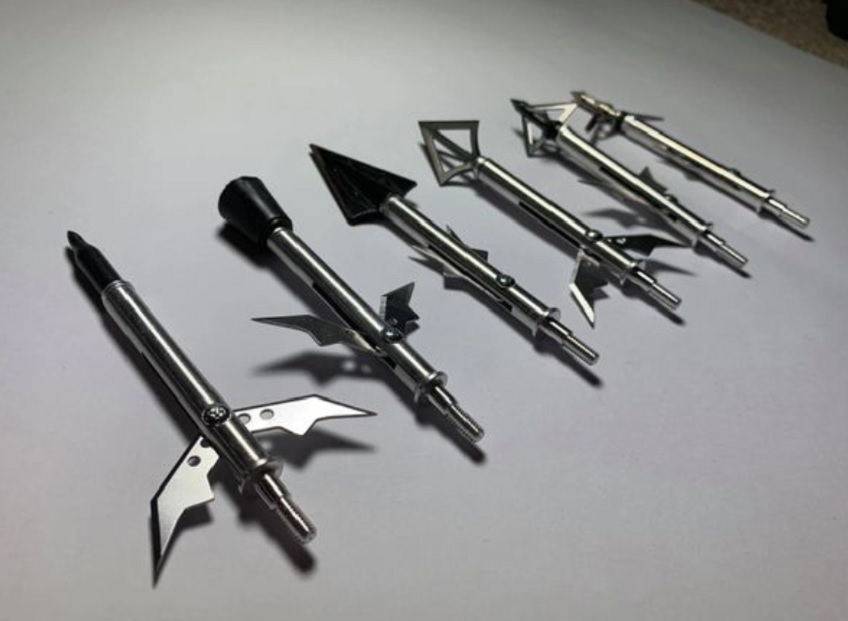
There are two different lines of Crossbreed® broadheads.
The Pro Series®
This is True Blue’s original version of the 100gr Crossbreed®. These heavy duty 6061 aluminium mechanicals come complete with three ready-to-use ferrules, including:
- Six replacement blades;
- 12 retainer O-rings to hold the blades in position during flight; and,
- 2 aluminium spacers for perfect broadhead alignment.
The ELITE®
Following the design of the Pro Series®, the ELITE® weighs the same, and boasts the same compliment of spare parts that its elder sibling does, but with slight modifications that include:
- Stronger, black-anodized 7075 aluminium ferrule bodies;
- Repositioned O-rings for even better blade retention; and,
- The addition of 3, 25gr 7075 aluminium chisel tips.
Of course, how well a bowhunter’s able to place their arrow on the game is still the biggest factor in how their hunt’s going to end up. But with the strength and durability that’s built into either version of the Crossbreed®, they can feel infinitely more confident that they’re capable of delivering the kind of clear, devastating shot every time that’ll enable them to swiftly dispatch and recover their quarry.
Why use a mechanical insert
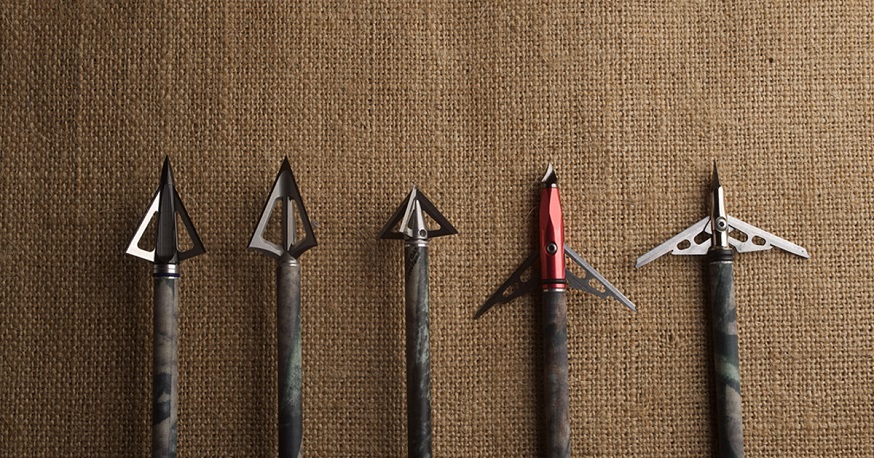
There are probably as many differing schools of thought on which type of broadhead is better, and for which type of game, as there are variations of either.
Let’s face it, most hunters are inclined to adopt a single type of hunting broadhead – most often a fixed type – and to depend on it for almost everything. Unfortunately though, that approach sometimes results in questionable shots being taken, minimal blood trails being left, game not being recovered and equipment being lost.
The size (and even temperament) of the game, the size of its kill zone, windage, and a host of other variables would otherwise need to be considered when making a broadhead arrow choice. That’s why being able to combine the blunting impact of a fixed with the surgical sharpness of a mechanical can bring a whole new dimension of success to your hunting.
By combining a Crossbreed® mechanical with any fixed broadhead, you immediately have the ability to:
- Increase your cutting plane.
By using washers to stagger the fixed blade’s alignment ahead of the Crossbreed’s® position, you’re capable of increasing your cutting plane by as much as 100%.
- Increase your arrow’s FOC and momentum.
A Crossbreed® places an additional 100gr on the front of an arrow; and by increasing its weight forward-of-centre (FOC), the penetrating momentum that’s delivered on the game is also increased.
- Fully tailor your package.
Any broadhead combination you can imagine is possible using a Crossbreed®, even if you wanted to add yet another mechanical ahead of it. The ability to combine, experiment, and fully tailor your arrows provides an unlimited opportunity to really explore what works best for your hunt.
The conclusion
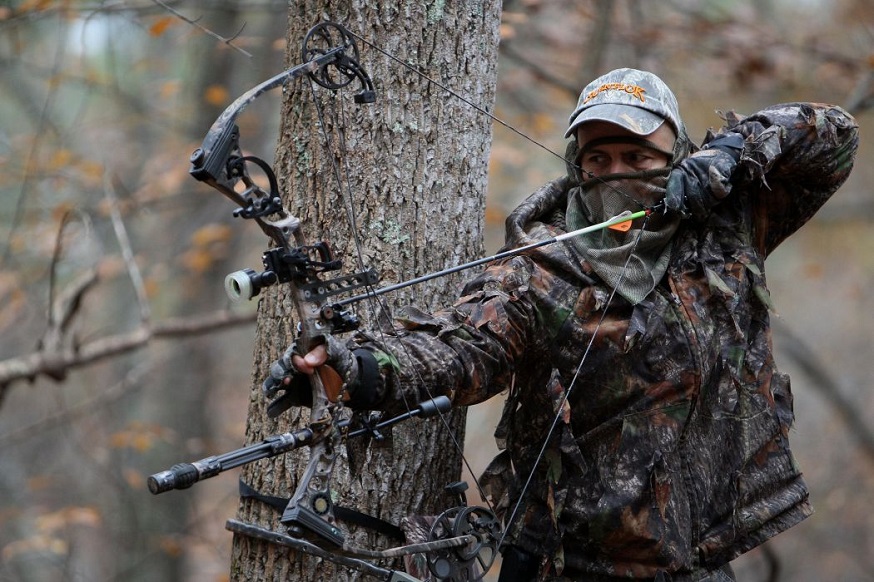
At the end of the day, it can be confusing trying to decide which type or style of broadhead to use. So much still depends on the bowhunter’s ability, along with the suitability of the game, that even the choices of blade and ferrule material, such as aluminium, stainless steel, and titanium, can be overwhelming.
When it comes down to the basics though, while both fixed and mechanical bladed broadheads have their place, deciding which broadhead arrow is the best doesn’t have to be an either/or proposition, not when a hunter can combine them.
For the hunter who’s truly committed to engaging their quarry and dispatching it as quickly and as respectfully as possible, there’re no substitutes for True Blue’s Crossbreed® mechanicals. They’re simply the best and most innovative mechanicals available; and if you’re a serious bowhunter, they’re a choice that you won’t regret making.


No Comments